Rosacea, despite its prevalence, can cause embarrassment and frustration. Luckily, topical vitamin C products have been proven to be a great counter to rosacea. However, having the wrong type of vitamin C or using too much of it could worsen the condition. ILLUME eMAG is going to show some appropriate vitamin C products below, so if you are interested, continue reading.
Rosacea

Rosacea is a chronic condition (uncurable), but it could be eased and it is not contagious. It is characterized by redness, pimples, swelling, and small, superficial dilated blood vessels. Redness caused by rosacea often comes and goes at first, but over time becomes lasting.
While the cause of rosacea is unknown, scientists said it could be genetic and the trigger for the condition could be heat, exercise, cold, spicy food, alcohol, menopause, or psychological stress.
There are four types of rosacea:
- Erythematotelangiectatic rosacea (ETR): persistent redness on the face is the system of this type. Small blood vessels beneath the skin’s surface might grow and become visible, causing symptoms to flare up and then fade away. If not treated, redness can become more persistent, cover more skin, and even become permanent.
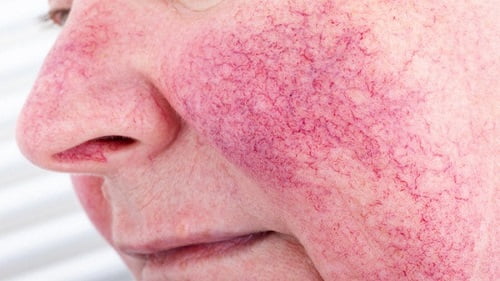
- Papulopustular (or acne) rosacea: Papulopustular rosacea is characterized by pustules and red, swollen bumps. These usually occur on the cheeks, chin, and forehead, and are often mistaken for acne. Facial flushes and redness are also possible. Severe papulopustular rosacea can leave up to 40 blemishes on the skin, which can take a long time to heal. Blemishes on the scalp, neck, and chest are also possible.
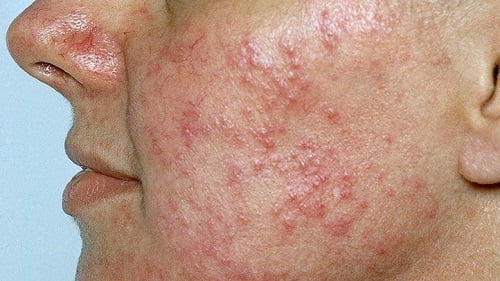
- Phymatous Rosacea: Skin thickens and scars as a result of phymatous rosacea, making it rough, puffy, and occasionally discolored. This uncommon but curable condition most commonly affects the nose, resulting in a bulbous nose, or rhinophyma, and is more common in males than in females.
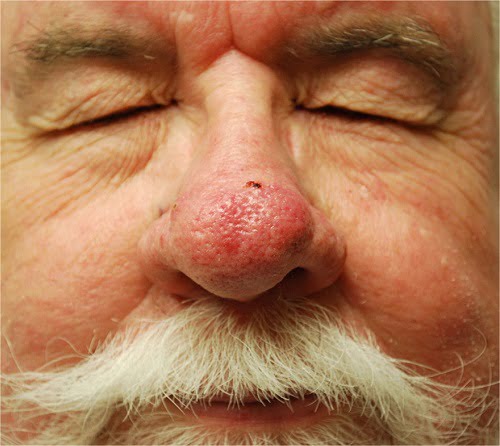
- Ocular Rosacea: Symptoms of ocular rosacea affect the eyes, making them watery or bloodshot. There may be a burning or irritating sensation in your eyes as well. Ocular rosacea can cause dry, irritated eyes for a long time, and cysts can grow on the eyelids. Because the relationship between skin symptoms and eye symptoms can be easily neglected, rosacea ocular symptoms may be more frequent than previously considered.
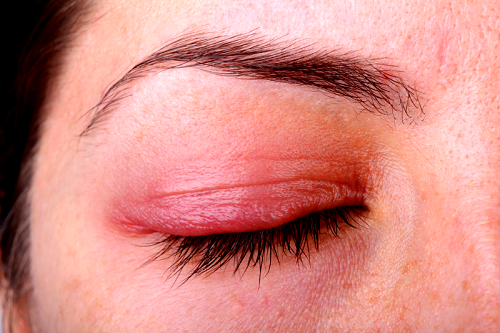
Why is vitamin C good for rosacea?

When it comes to treating rosacea, vitamin C is a game-changer. It aids in capillary strengthening (fewer damaged capillaries = less visible redness). It also helps to reduce overall redness, both topically and orally. The antioxidant in topical vitamin C products provides free radical protection, so make sure to take them as directed and try not to miss the application routine.
Vitamin C you should try
1. IMAGE Vital C Hydrating Antioxidant A C E Serum
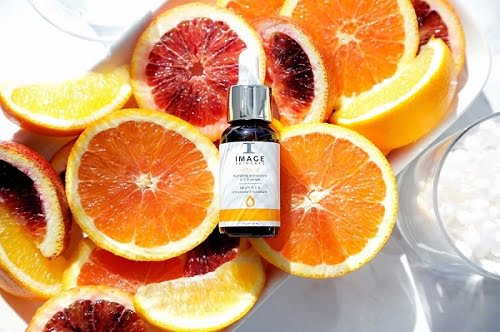
Did you know that Janna Robert, the founder of IMAGE, created Vital C to combat the symptoms of her own rosacea? This serum contains vitamins A, C, E, and gives a big antioxidant boost. It is a peptide-rich serum that helps to diminish the appearance of fine lines, dryness, and collagen loss. It can also help to reduce redness when used as part of your routine.
2. One Love Organics Vitamin C Serum
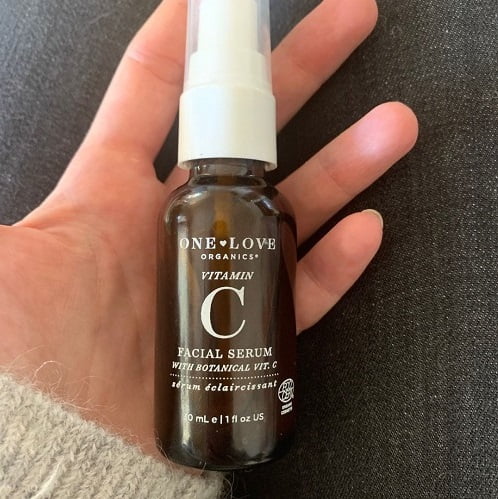
This serum, which combines a vitamin C derivative (ascorbyl palmitate) with healing botanicals, is just what irritated, inflamed skin needs. Sea buckthorn berries, which are high in antioxidants (including vitamin C), are one of the most notable ingredients in this serum. Sea buckthorn berries are also high in critical fatty acids (including the uncommon omega-7) that aid in inflammation reduction.
3. Marie Veronique C-Therapy Serum
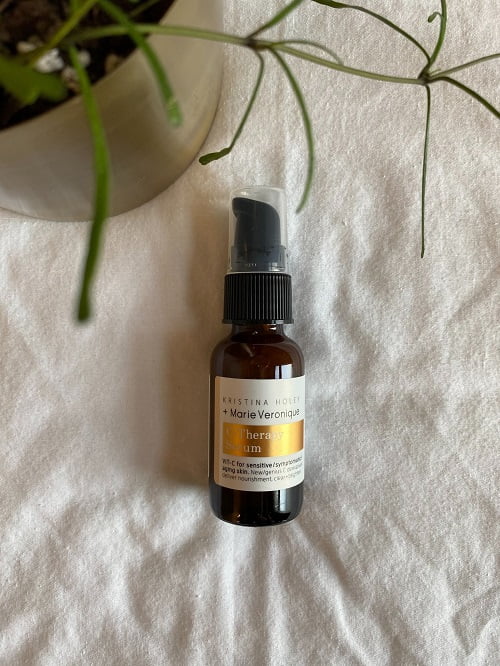
C-Therapy is ideal for ultra-sensitive skin. This serum doesn’t use ascorbic acid. Instead, it contains 4 vitamin C derivatives: Tetrahexyldecyl Ascorbate, Glyceryl Ascorbate, Magnesium Ascorbyl Phosphate, and Sodium Ascorbyl Phosphate. This serum is equivalent to using a 5–7% ascorbic acid serum. This is perfect since research already shows that a 5% ascorbic solution is helpful for rosacea. “Green tea infusion” is the first component. When applied topically, green tea is effective at reducing several symptoms of inflammation, including redness.
4. Fleur & Bee
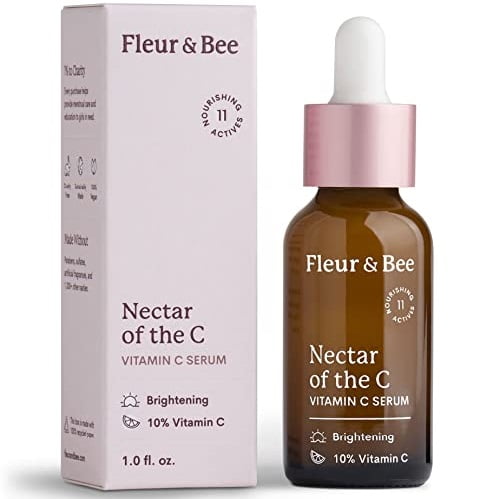
This serum avoids ascorbic acid and instead employs a vitamin C derivative (sodium ascorbyl phosphate). Ferulic acid, which is an antioxidant in and of itself, helps vitamin C work better. Something to note: the last two components in this serum is grapefruit peel oil and clary sage flower oil. Some essential oils might be harmful to some people with rosacea. However, because these chemicals are near the bottom of the list, their concentration is minimal. However, if you have sensitive skin to essential oils in any proportion, you should avoid this oil in favor of others on the list.

